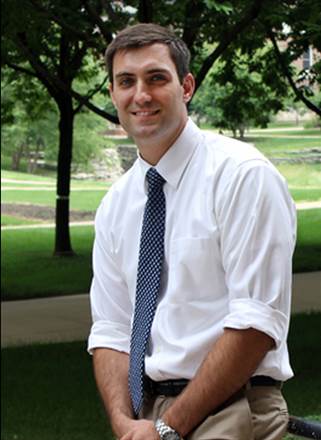Podcast Episode Details
Back to Podcast EpisodesAtomic Show #331 – Caleb Brooks, Kronos MMR Project lead for University of Illinois
The University of Illinois-Urbana Champagne (UIUC) is planning to build a uniquely capable micro reactor project on its campus. For decades, the university hosted a traditional research reactor that supported important research projects and provided operating experience. But, like the majority of university research reactors, it did not produce any useful heat or electricity.
Kronos MMR has a different focus. In its FAQ on the project, UIUC describes the purpose of the project as follows:
has a different focus. In its FAQ on the project, UIUC describes the purpose of the project as follows:
[The project will] shape the future of nuclear research, move [our] campus to a cleaner energy future, create unique educational opportunities for our students, and develop a skilled workforce ready to address the urgent need for carbon-free energy technologies across our country and beyond.

Caleb Brooks is an associate professor in the Grainger College of Nuclear, Plasma and Radiological Engineering at the University of Illinois Urbana-Champaign. He is also the Kronos MMR Project Lead. He visited the Atomic Show to describe the project, its goals and the impact that it is and will have on the campus and nearby communities.
The Kronos MMR is a full scale, but power-derated, version of Nano Nuclear Energy’s high temperature gas cooled reactor. In commercial use, the reactor will be able to produce 45 MW of thermal power (~15 MWe). As a campus-based research reactor, Kronos MMR will be limited to operating at 10 MW thermal, a little less than 25% of what the reactor core will be able to handle. That limit is based on the current power cap placed on reactors licensed by the NRC using the class 104(c) process.
The lower power will, logically enough, mean that the reactor core can run 4.5 times as long before needing to be refueled. If it is operated at the somewhat lower capacity factor expected in an academic environment compared to a commercial environment, the time between refuelings will be extended even further.
Dr. Brooks explained how the research reactor classification was chosen to help the Kronos project move faster than it would otherwise move under a class 103 commercial license process. The University began its official engagement with the NRC in May 2021.
Though we did not get into details about the business partner situation during the discussion, some readers might recall that the UIUC micro reactor program began as a partnership with the Ultra Safe Nuclear Corporation. That entity ran into financial difficulties and declared bankruptcy in 2024, after it had done a substantial amount of engineering and design work for its 45
Published on 3 months, 1 week ago